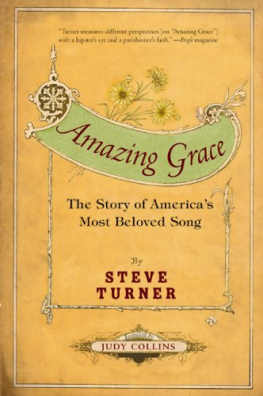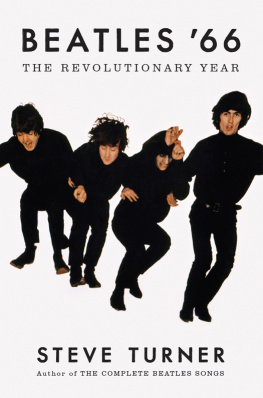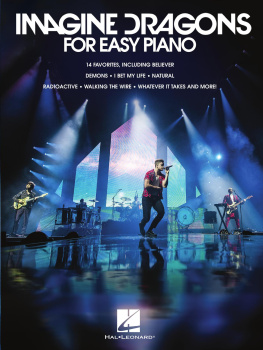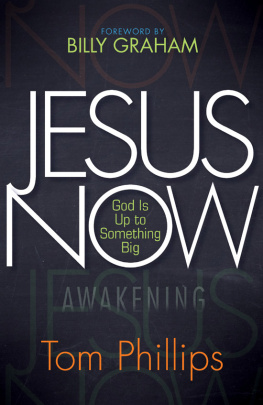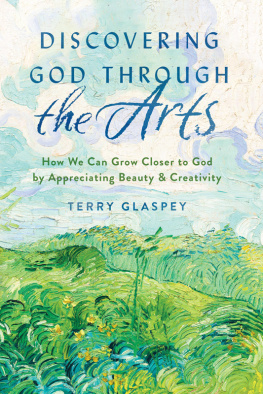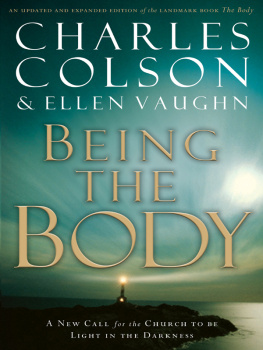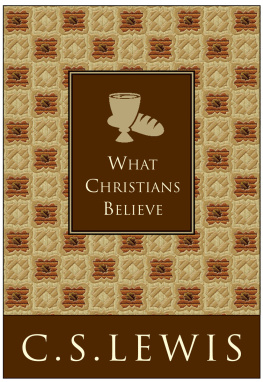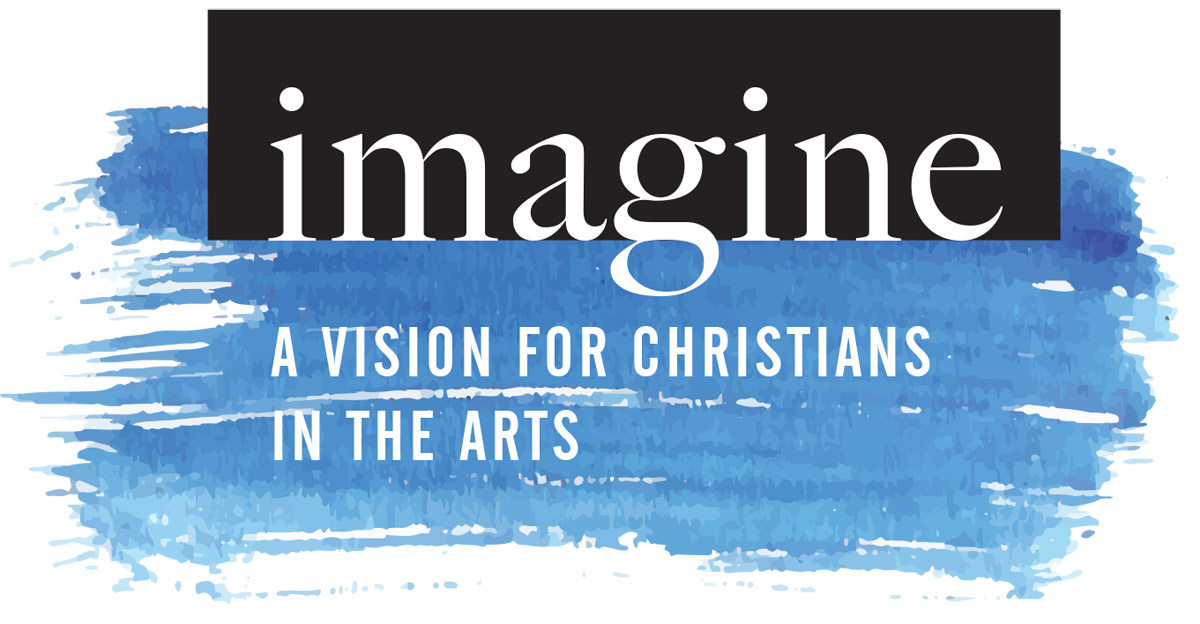
REVISED AND EXPANDED
STEVE TURNER
InterVarsity Press
P.O. Box 1400, Downers Grove, IL 60515-1426
ivpress.com
Second Edition 2017 by Steve Turner
First Edition 2001 by Steve Turner
All rights reserved. No part of this book may be reproduced in any form without written permission from InterVarsity Press.
InterVarsity Pressis the book-publishing division of InterVarsity Christian Fellowship/USA,
a movement of students and faculty active on campus at hundreds of universities, colleges,
and schools of nursing in the United States of America, and a member movement
of the International Fellowship of Evangelical Students. For information about local
and regional activities, visit intervarsity.org.
All Scripture quotations, unless otherwise indicated, are taken from THE HOLY BIBLE, NEW INTERNATIONAL VERSION, NIVCopyright 1973, 1978, 1984, 2011 by Biblica, Inc.
Used by permission. All rights reserved worldwide.
Every effort has been made to trace and contact copyright holders for materials quoted in this book. The editors will be pleased to rectify any omissions in future editions if notified by copyright holders.
Cover design: Cindy Kiple
Interior design: Beth McGill
Images: The Pipe Band by William Ramsay (Contemporary Artist) / Private Collection /
Bridgeman Images
ISBN 978-0-8308-9443-7 (digital)
ISBN 978-0-8308-4463-0 (print)
This digital document has been produced by Nord Compo.
To Nigel Goodwin, who rescued me,
and to my wife, Mo, who keeps me going.

How shall we sing the LORDs song in a strange land?
PSALM 137:4 KJV
Preface
to Expanded Edition
This book has been reprinted many times in its fifteen-year existence but until now has never been updated. There was a need to do this not because my opinions had changed but mainly because some of the artists I refer to have done far more work since 2001, and it would be remiss not to acknowledge these contributions. And new people have emerged who seemed worthy of mention.
The biggest changes though are my addition of discussion starters at the end of each chapter, suggestions for further reading, and a selection of quotes that readers might find challenging and stimulating. I hope that these will add to the overall experience the book provides.
I dont pretend that Imagine is a work of original scholarship, but I think it performs as a primer on the subject of the Christian faith and the arts for those wrestling with the subject, whether they are students or people already in the workplace. Of all the books Ive written, this one has generated the most mail. I have had many letters from people who have told me that it influenced their choice of university course or even of career, and for that I am both grateful and humbled.
If the book succeeds, as these correspondents say it has, its because its not too long, not too heavy, and approaches the subject from the point of view of a participant still struggling to make sense of it all rather than an academic with a thesis to prove.
When collecting the quotes for this edition I realized just how many people Id met because of Imagine who are living, working examples of the vision I called for. Ive given talks in different parts of the world, joined organizations, and been introduced to people I wouldnt other-wise have met. Im constantly encouraged by what is taking place.
I gave the first advance copy of Imagine to Mark Rodgers, then working at the Senate in Washington, DC, but also in the throes of forming the Wedgwood Circle to help bring together artists of various kinds and financial backers. Mark then introduced me to his spiritual buddy Steve Garber, who in turn introduced me to The Fray from Denver.
Through various Wedgwood events I encountered a wonderful array of artists sharing a similar vision. I met the British actor David Oyelowo, who would go on to play Martin Luther King Jr. in the movie Selma, Jacob Marshall from the indie band Mae, painter Linnea Spransy, Patty Heaton from Everyone Loves Raymond, comic book writer Jim Krueger, and David Carlson from Chicago, who was involved in everything from music videos and street opera to immersive environments and movies.
In New York I spoke at a conference for IAM (International Arts Movement) where I got to know the brilliant painter, writer, and thinker Makoto Fujimura, who manages to be as active in the art gallery as he does the church. Through IAM I met Kelley McRae, a great young songwriter who now tours the world with her guitarist husband, Matt Castelain. Kelley introduced me to the work of playwright and director Lear deBessonet, who is remarkable for being an upfront Christian making waves in the off-Broadway world of experimental theater.
I also spent time with Danai Gurira, an excellent writer and actor, then performing in her own powerful show titled In the Continuum, which is about AIDS in Africa and its effects on women. Danai, who has since gone on to become widely known through acting in The Walking Dead, is a great example of what I was calling for. Shes an intelligent, principled woman who incorporates her beliefs into what she writes and manages to stir up discussion and debate while maintaining the respect of drama critics.
In Hollywood I reconnected with Bobette Buster, an old friend Id met in London, who was now carving a niche as a lecturer on screenwriting and storytelling. Weve had many stimulating conversations on both sides of the Atlantic, and shes been generous enough to introduce me to friends of hers in the film industry such as writer Dean Batali (Buffy the Vampire Slayer and That 70s Show) and Rebecca Ver Straten-McSparran, the very bright director of the Los Angeles Film Studies Center, whos as at home discussing philosophy and theology as she is talking about movies and pop culture.
Wherever I goLondon, Nashville, Los Angeles, New York, Washington, DC, Philadelphia, Berlin, Paris, Marseilles, Brussels, CopenhagenI find artists asking the same questions and essentially wanting the same outcome. They want to create art that remains faithful to the vision of reality given to us in the Bible and by the Holy Spirit, but which addresses the world. They want to be a part of the wonderful conversation that is forever going on in the world of the arts.
I hope that Imagine continues to play a role in enabling that to happen.
London, May 2016
Introduction
The origins of this book grew out of a lecture I gave to two groups of musicians in Nashville and Los Angeles in 1998. Steve Taylor, recording artist and producer of Sixpence None the Richer (later the director of the movie Blue Like Jazz), in whose home the Nashville meeting took place, then published the text of the talk through his multimedia company Squint under the title Being There: A Vision for Christianity and the Arts.
The response to the lecture and the booklet convinced me to consider expanding the argument into a book. I wasnt kidding myself that I had something original to say, but I knew that there were a lot of people out there who still needed to hear that it was possible to integrate their faith with their art.
At one of the meetings a young musician came up to me and explained that his father, a pastor, thought he should be using his music for the glory of God and that if he didnt use it for the glory of God, he was sinning. He wanted to know what I thought he should do.


